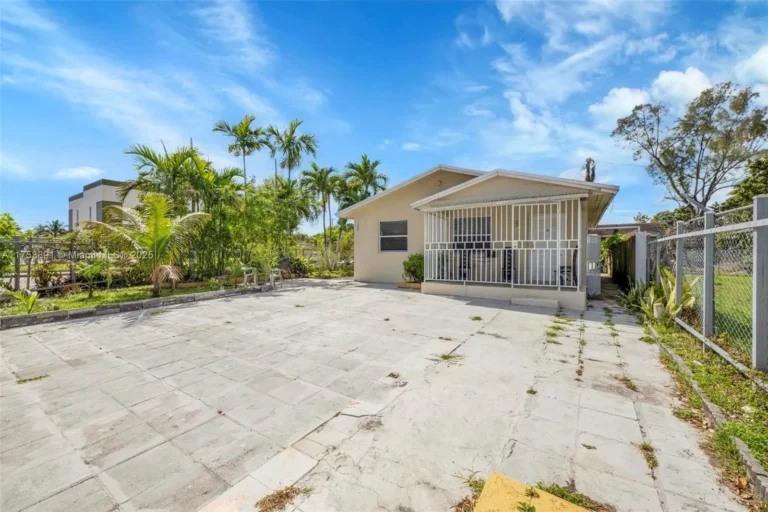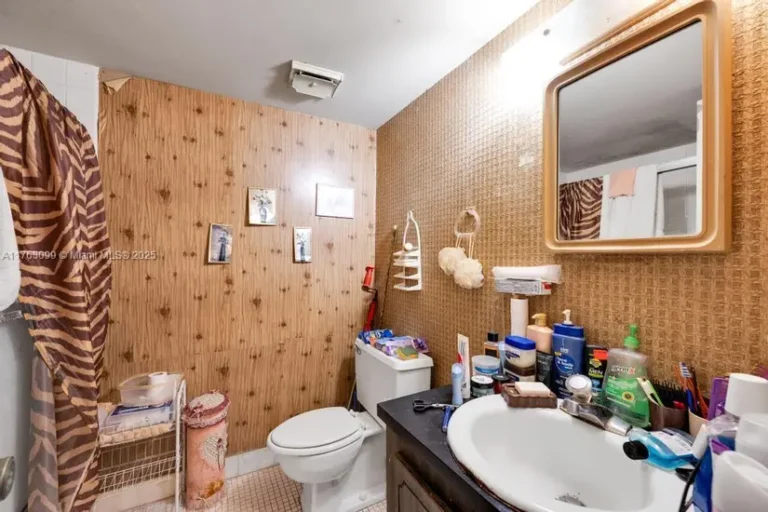Introduction
Embarking on the journey to homeownership is both exciting and daunting, especially in 2025’s dynamic real estate landscape. With fluctuating interest rates, evolving programs, and shifting market conditions, first-time buyers face unique challenges and opportunities. This guide aims to demystify the process, giving you the knowledge and tools to make informed decisions and achieve your dream of owning a home.
1. Assess Your Financial Readiness
Before browsing listings, it’s crucial to take an honest look at your financial situation:
- Credit Score: Aim for a score of at least 620, though the higher, the better. Good credit helps secure favorable mortgage terms.
- Debt-to-Income Ratio (DTI): Most lenders prefer a DTI below 43%, meaning your monthly debt obligations shouldn’t exceed 43% of your monthly income.
- Savings: In addition to a down payment (typically 3% to 20% of the home price), you’ll need funds for closing costs (around 2–6%), moving expenses, and an emergency reserve for homeownership surprises.
2. Understand the 2025 Housing Market
The real estate market in 2025 is shaped by economic recovery trends and policy changes. Here are some key things to know:
- Interest Rates: Mortgage rates are hovering around 6%. Rates may fluctuate slightly throughout the year, so timing your loan application could save thousands.
- Home Prices: Prices have stabilized after several years of rapid growth. While affordability remains a concern in some areas, buyers are seeing more negotiating room than in previous years.
- Government Policy Changes: Adjustments to first-time buyer incentives and tax credits are worth watching, as they can significantly impact your budget.
3. Explore First-Time Homebuyer Programs
If you’re buying your first home, you’re in a strong position to benefit from various assistance programs:
- Down Payment Assistance (DPA): Many states and cities offer grants or low-interest loans to help you meet the down payment requirement.
- Tax Credits: Some regions offer tax incentives or credits for first-time buyers, reducing your overall cost.
- Loan Programs: FHA, VA, and USDA loans can help you qualify with lower down payments and more flexible credit requirements.
These programs are designed to make homeownership more accessible—make sure to research what’s available in your area.
4. Get Pre-Approved for a Mortgage
Getting pre-approved helps you understand how much you can afford and shows sellers you’re a serious buyer. During pre-approval, lenders will evaluate your income, credit, and debt levels. Once approved, you’ll receive a letter stating the amount you’re eligible to borrow.
This step can make your home search more efficient and competitive, especially in busy markets.
5. Define Your Home Preferences
Knowing what you want—and what you can compromise on—will streamline your search.
- Location: Consider commute times, school districts, safety, and neighborhood vibe.
- Type of Home: Are you looking for a single-family home, condo, or townhouse?
- Must-Haves vs. Nice-to-Haves: Make a list of essential features (like number of bedrooms or parking) versus features that are desirable but not deal-breakers (like a pool or finished basement).
Clarity on these factors helps avoid overwhelm and prevents buyer’s remorse.
6. Partner with a Real Estate Agent
A great real estate agent can make all the difference. They know the market, understand local pricing trends, and can negotiate effectively on your behalf.
Choose someone with strong reviews, solid experience in your target area, and a communication style that matches yours. Ask questions about how they’ll support you through the process, from search to closing.
7. House Hunting and Making an Offer
Once pre-approved and clear on your preferences, it’s time to start viewing homes.
Attend open houses, schedule private showings, and take notes to compare options. When you find a home you love, your agent will help craft a competitive offer based on recent comparable sales, market conditions, and the seller’s situation.
Be prepared for some negotiation—price, closing dates, and contingencies can all be discussed before the deal is finalized.
8. Home Inspection and Appraisal
After your offer is accepted, two important steps follow:
- Home Inspection: A licensed inspector will evaluate the property for structural issues, safety hazards, and needed repairs. This is your opportunity to renegotiate or walk away if serious problems are uncovered.
- Appraisal: Required by your lender, the appraisal determines the fair market value of the home. If the appraisal comes in lower than the purchase price, you’ll need to make up the difference or renegotiate with the seller.
These steps protect you from overpaying or buying a home with hidden issues.
9. Closing the Deal
As you approach the finish line, you’ll:
- Finalize your mortgage
- Review all legal documents
- Purchase homeowners insurance
- Pay your closing costs
On closing day, you’ll sign the paperwork and officially become a homeowner. Congratulations—keys in hand, you’re ready to move in!
Conclusion
Buying your first home in today’s market can feel overwhelming, but with the right knowledge and support, it’s absolutely achievable. By understanding your finances, exploring available programs, working with a trusted agent, and staying informed about market conditions, you can confidently take this major step toward long-term financial security and personal fulfillment.
Now is a great time to start planning. Whether you’re ready to buy this year or preparing for the future, taking the first steps today will set you up for home-buying success tomorrow.





